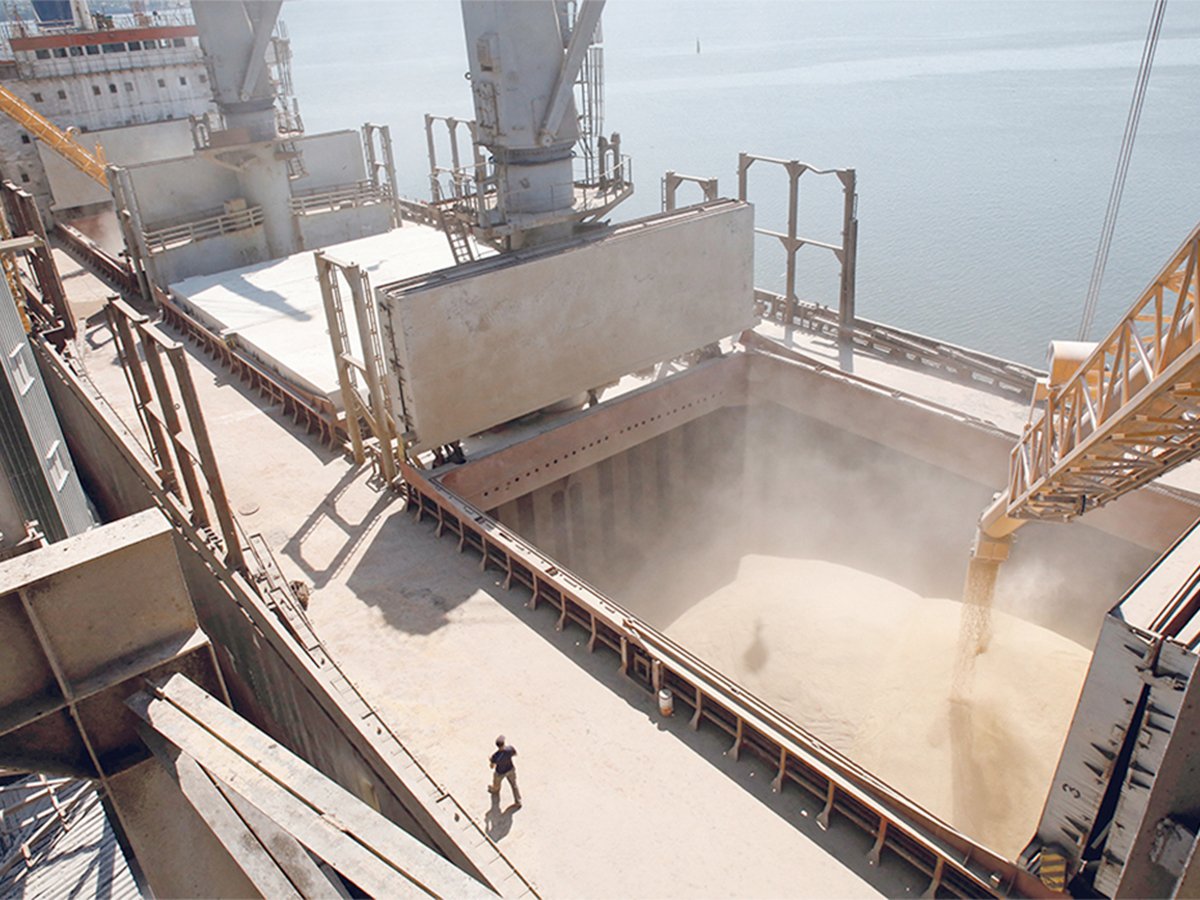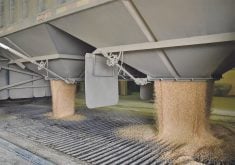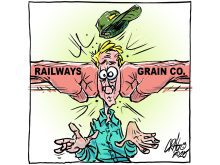Both of our major railways are struggling to move grain in a timely fashion.
According to the Ag Transport Coalition (ATC), Canadian Pacific Kansas City was the first to see badly lagging performance, but Canadian National Railway has now joined the downward swing.
Milt Poirier, who analyzes the data and puts together the ATC reports, says the railways recovered from the brief labour disruption in August, and movement was pretty good until November. However, starting in late November, unfilled hopper car orders started to climb.
Read Also

Australia finds grain-threatening beetle in baby diapers
Australia has detected the larvae of khapra beetles in imported baby diapers, the agriculture ministry said, raising concerns the pest could infest grain storages and disrupt agricultural exports.
The most recent ATC report is for crop week 26, which ended Feb. 1. At that point, the railways had not supplied more than 55 per cent of cars ordered by shippers for three consecutive weeks.
For the two railways combined, outstanding rail car orders coming out of week 26 totalled more than 4,100. According to Poirier, that’s the highest in at least two years.
Since late February, CN and CPKC combined have averaged slightly more than 7,700 car spots per week, while shipper demand over that time averaged 8,700 cars per week.
According to the ATC, the railways during that time period have worked to stem shipper demand by cancelling 4,000 car orders, 3,100 of them at CN.
Naturally, this is leading to a buildup of vessels waiting for grain. As of Feb. 3, there were 32 grain vessels in the Port of Vancouver — 13 of which had been in port for 13 to 33 days. Prince Rupert had six vessels in port, double what would be normal for this time of year.
Over the subsequent two weeks, Vancouver had 23 additional vessels scheduled to arrive, while Prince Rupert had five more.
Waiting vessels cost demurrage — big dollars each day. While shippers initially pay the demurrage bill, it’s producers who ultimately pay through lower grain prices.
“Never say no to a miracle,” says Poirier, but he’s not optimistic about a quick turnaround.
The current high demand for grain shipping typically eases into the spring and summer, allowing the railways to catch up, but the poor service during peak grain demand is a big cost to the grain sector.
February has been particularly cold with a prolonged period of well below normal temperatures.
Cold weather always cuts railway performance, so my guess is that subsequent ATC reports will show disturbing statistics.
With all the news about American tariffs and Canada becoming the 51st state, problems with grain movement have not yet garnered much attention.
Both railways have made major investments in new, higher capacity hopper cars. CN also has a charm strategy with a public relations department and sponsorship of major agricultural events. It speaks eloquently about its investments and co-ordination, but unfortunately, railway performance is still a concern.
Winter happens each year with at least some periods colder than average, and yet the railways often struggle to keep up with shipper needs. This is happening when Western Canada is producing only average crops. What will happen some year when Western Canada finally has another bumper crop to move?
With U.S. president Donald Trump building tariff walls around the United States, it seems probable that fewer Canadian goods will be flowing south. That means more goods moving by rail west and east.
As we grapple with a new world characterized by restricted trade with our closest neighbour, Canada will need to make various adjustments. The need for further progress on the ageless problem of grain transportation will become more important than ever.
Kevin Hursh is an agricultural journalist, consultant and farmer. He can be reached by e-mail at kevin@hursh.ca.
















